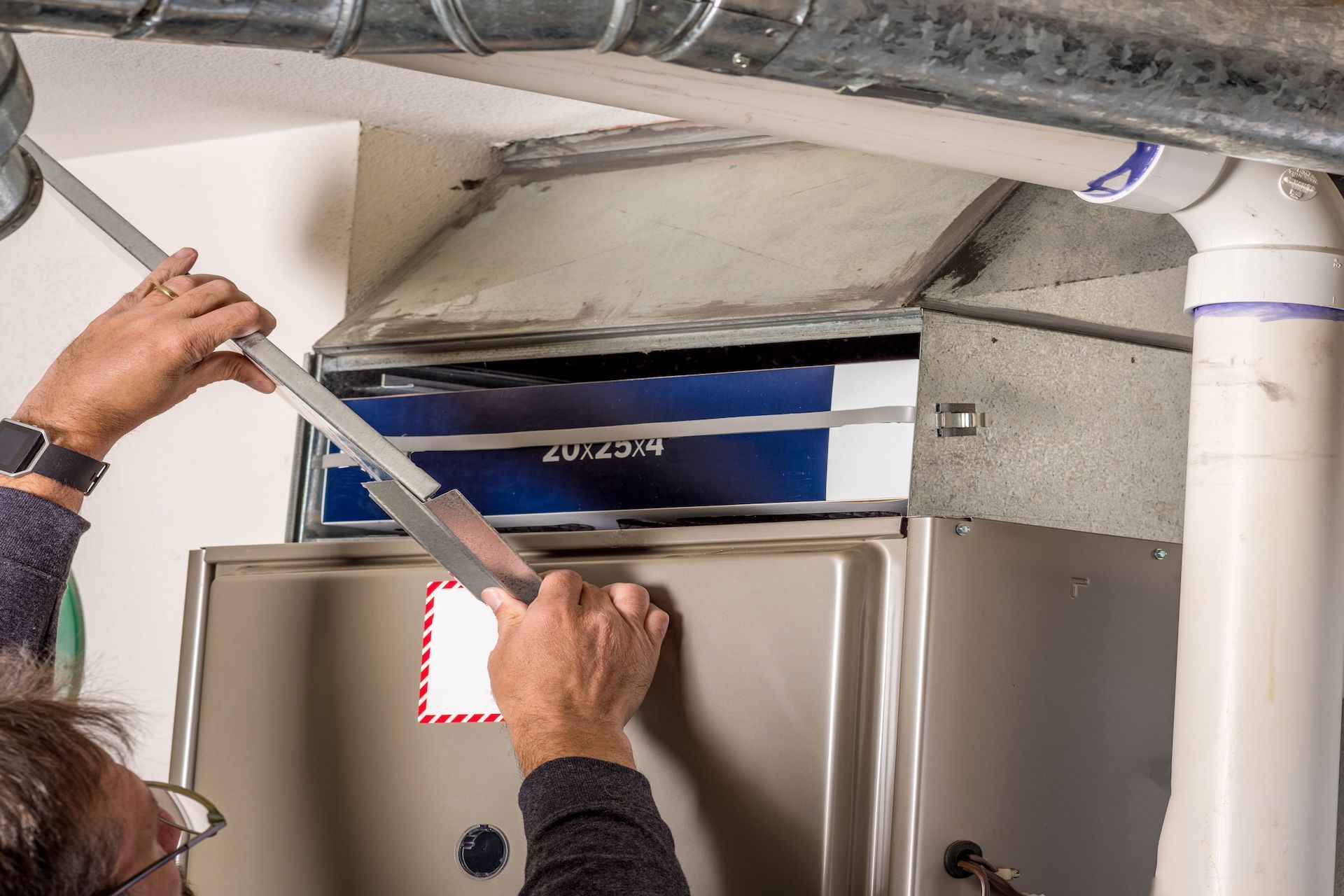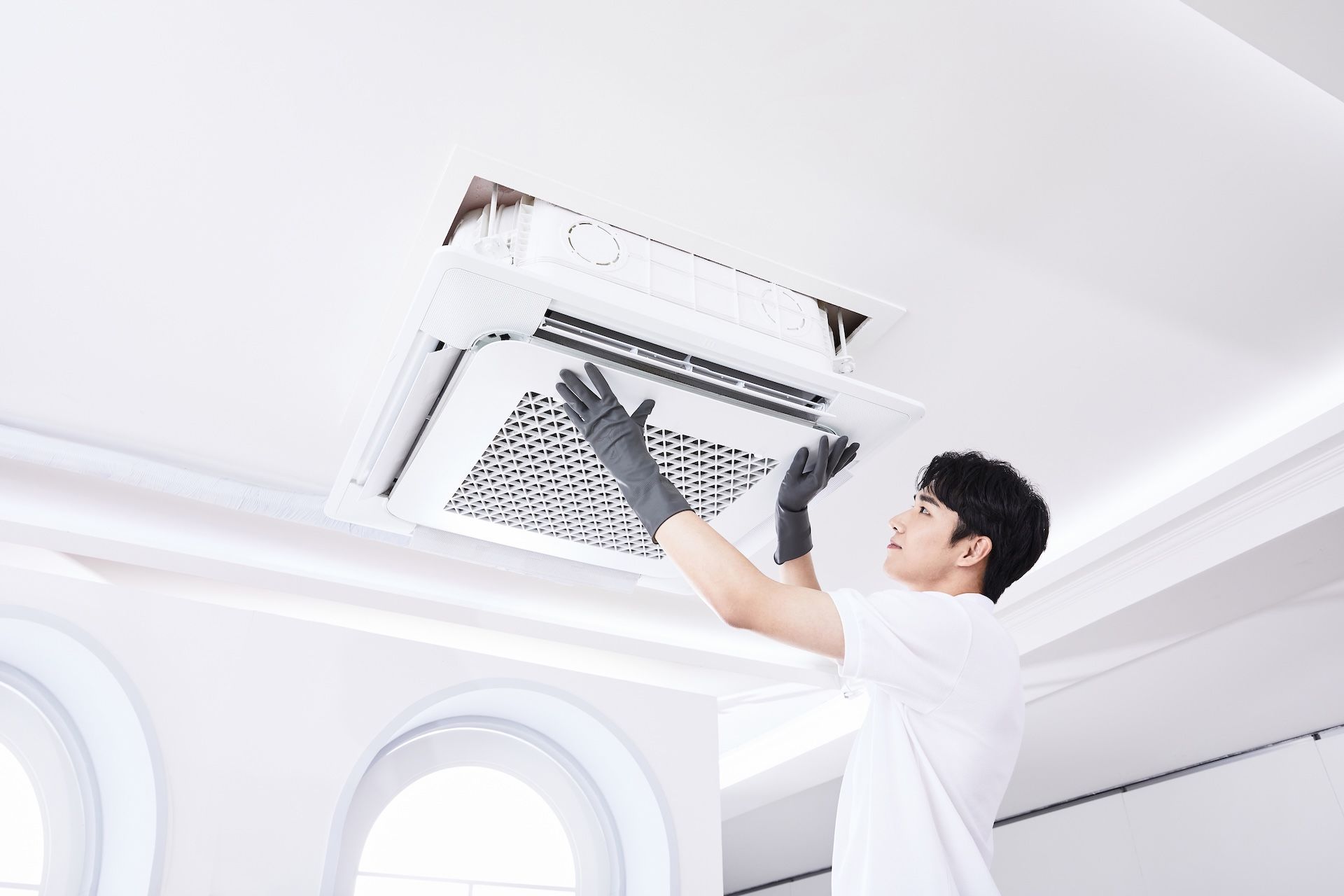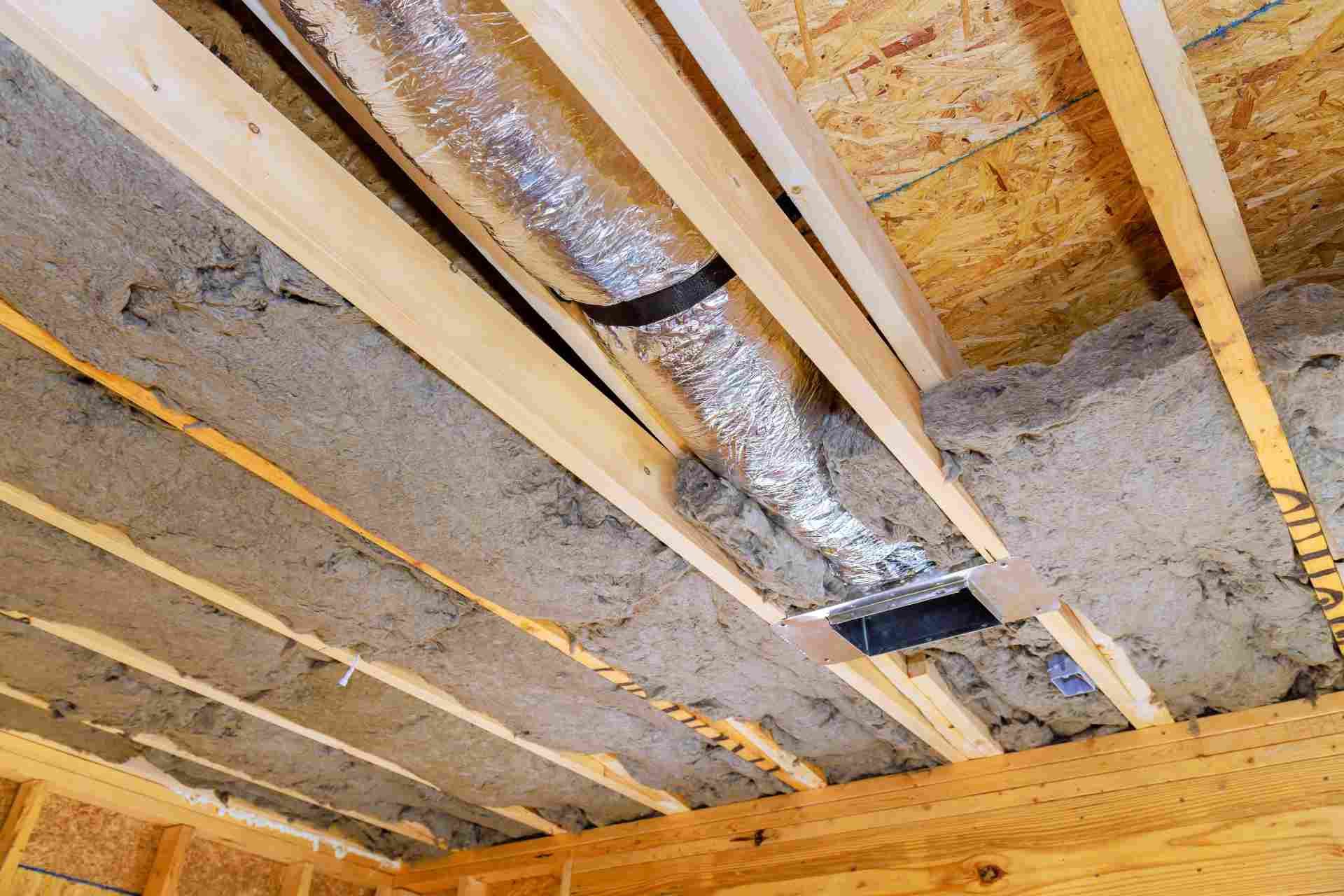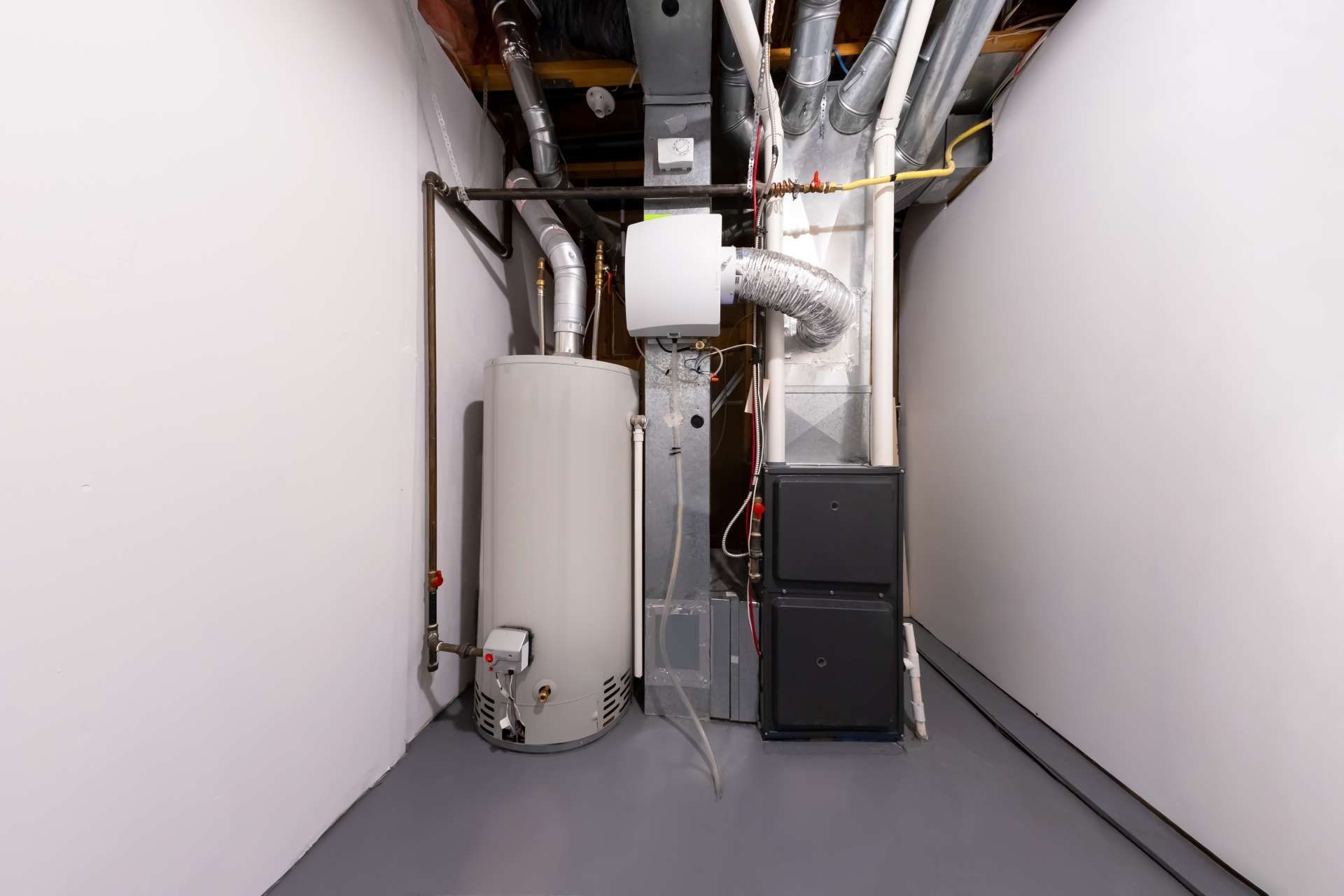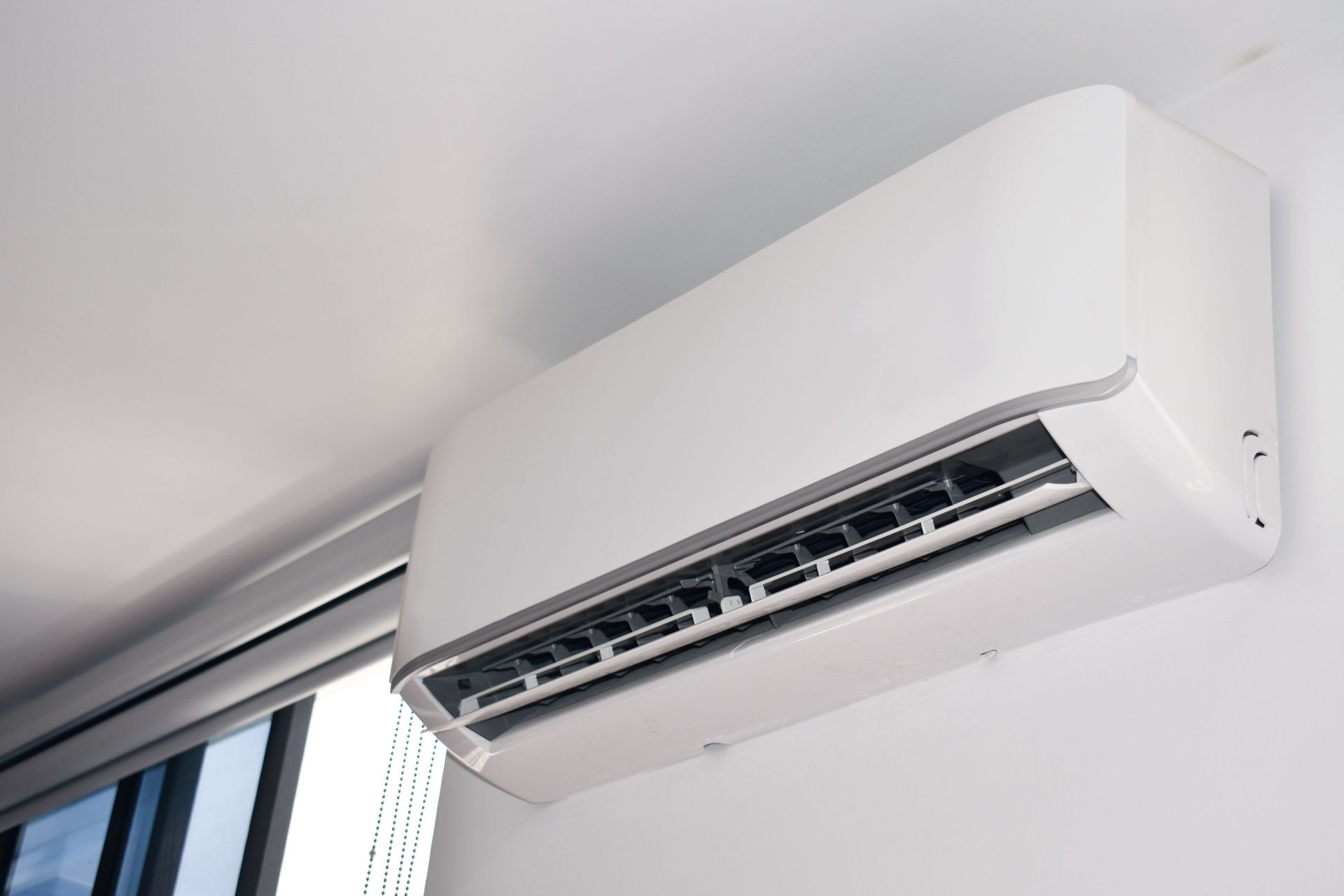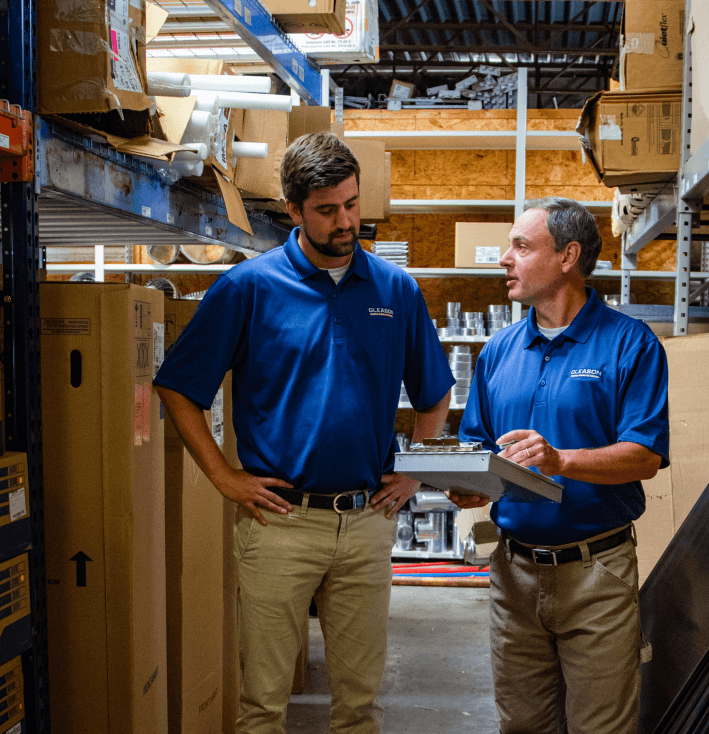Articles
HVAC Contractor Tips and Articles For Your Home
How To Program Honeywell Thermostat

Did you know that programming your thermostat properly can save you up to 10% a year on heating and cooling costs, according to the U.S. Department of Energy? That’s hundreds of dollars back in your pocket—just from knowing how to use your thermostat!
If you own a Honeywell thermostat or just had one installed, learning how to program it is a smart move. It helps keep your home comfortable and energy-efficient. Whether it’s summer in Florida or winter in New York, understanding the settings of your Honeywell thermostat will help you stay cozy without wasting money.
In this guide, we’ll walk you through programming a Honeywell thermostat, step-by-step, using simple language. No tech skills needed—just a little patience and a few button pushes!
Why Programming a Thermostat Matters
Before we dive into steps, let’s understand why setting the Honeywell thermostat matters:
- Saves money by reducing energy waste.
- Improves comfort by keeping your house at the right temperature when you're home.
- Protects the environment by using less energy.
- Gives you control over heating and cooling, even while you’re away.
If you work during the day or sleep at night (like most of us do!), setting a schedule can match your routine so your system isn’t working when it doesn’t need to.
Types of Honeywell Thermostats
Honeywell offers several types of thermostats. The programming process is slightly different depending on which one you have:
- Basic Programmable Thermostats (e.g., Honeywell 6000 series).
- Touchscreen Thermostats (e.g., Honeywell 7000 and 8000 series).
- Wi-Fi Smart Thermostats (e.g., Honeywell T5, T6 Pro, and T9).
We’ll go over the steps that apply to most of these thermostats, especially the popular 6000 and 8000 series, which are found in many U.S. homes.
Getting Started: Preparation Steps
Before you begin setting the Honeywell thermostat, follow these tips:
- Know Your Schedule – Write down when you're home, at work, and asleep.
- Check the Manual – If you have it, keep the thermostat’s manual nearby. You can also search for your model number online.
- Know the Buttons – Most Honeywell thermostats have a menu, schedule, and arrow keys. Learn what they do before programming.
Step-by-Step: Programming a Honeywell Thermostat
Let’s walk through how to program a typical 5-2 day Honeywell thermostat. This means you set one schedule for weekdays (Monday–Friday) and another for weekends (Saturday–Sunday).
Step 1: Enter the Programming Menu
- Press “Set” or “Schedule” on your thermostat.
- Choose “Program” if you see that option.
Step 2: Set the Weekday Schedule
Most thermostats allow four time blocks per day:
- Wake – When you get up in the morning.
- Leave – When you leave for work or school.
- Return – When you get home.
- Sleep – When you go to bed.
Use the arrow keys to:
- Set the time for each block.
- Set the temperature you want for heating and cooling.
For example:
- Wake: 6:30 AM | 70°F Heat / 76°F Cool.
- Leave: 8:00 AM | 62°F Heat / 80°F Cool.
- Return: 5:00 PM | 70°F Heat / 76°F Cool.
- Sleep: 10:00 PM | 65°F Heat / 78°F Cool.
Press “Next” to move to each time block.
Step 3: Set the Weekend Schedule
Once you’ve finished the weekdays, the system will ask you to set the weekend schedule.
You may wake up later on weekends and stay home more, so adjust accordingly.
Example:
- Wake: 8:00 AM | 70°F Heat / 76°F Cool
- Sleep: 11:00 PM | 65°F Heat / 78°F Cool
You can skip “Leave” and “Return” if you're home all day.
Step 4: Save Your Settings
When you finish, press “Done” or “Run Schedule” depending on your model. The system will now follow the schedule automatically.
For Touchscreen or Smart Thermostats (like Honeywell T5 or T6)
These models have simple digital displays or can be programmed from your phone using the Honeywell Home app. Here's how to do it:
Using the Thermostat Touchscreen:
- Tap Menu > Schedule.
- Choose days and time periods.
- Set preferred temperatures.
- Press Done.
Using the Honeywell Home App:
- Open the app.
- Tap your thermostat model.
- Select Schedule > Edit.
- Adjust your settings and save.
This method is super easy and lets you change settings while you’re at work, on vacation, or just relaxing on the couch.
Extra Tips for Success
- Use “Hold” carefully – This will pause your schedule. Only use it temporarily.
- Switch between Heat/Cool modes seasonally.
- Adjust during vacations to save more energy.
- Replace thermostat batteries once a year to avoid losing settings.
Troubleshooting Programming Issues
My thermostat doesn’t follow the schedule. Why?
You may have left it on Hold mode. Press “Run” to return to the schedule.
The screen is blank
Your thermostat might need new batteries or the HVAC breaker may have tripped.
It’s not cooling or heating
Check that you selected the right mode (heat/cool), and make sure your HVAC system is working.
If problems continue, you may need a professional HVAC technician to check your system.
Final Thoughts
Programming your Honeywell thermostat is easier than you think. Once it's set, you can enjoy comfort and savings without thinking about it every day. Whether you're using a simple model or a smart Wi-Fi version, just follow these steps to get the most out of your thermostat.
If you’re unsure or need help installing or setting your thermostat, our HVAC experts at Gleason are just one call away!
Take control of your comfort—contact Gleason Heating and Air Conditioning today for expert thermostat setup and energy-saving HVAC services!
FAQs About Honeywell Thermostat Programming
What is the best temperature to set my thermostat in winter and summer?
In winter: 68°F when home, lower when away or asleep.
In summer: 78°F when home, higher when away.
How often should I update my schedule?
Whenever your routine changes—like during school breaks or new work hours.
Can I use the same schedule all year?
It’s best to update it seasonally for comfort and energy savings.
Is a programmable thermostat worth it?
Yes! It can help you save money and reduce your environmental impact.
Disclaimer: The information on this website and blog is for general informational purposes only and is not professional advice. We make no guarantees of accuracy or completeness. We disclaim all liability for errors, omissions, or reliance on this content. Always consult a qualified professional for specific guidance.

